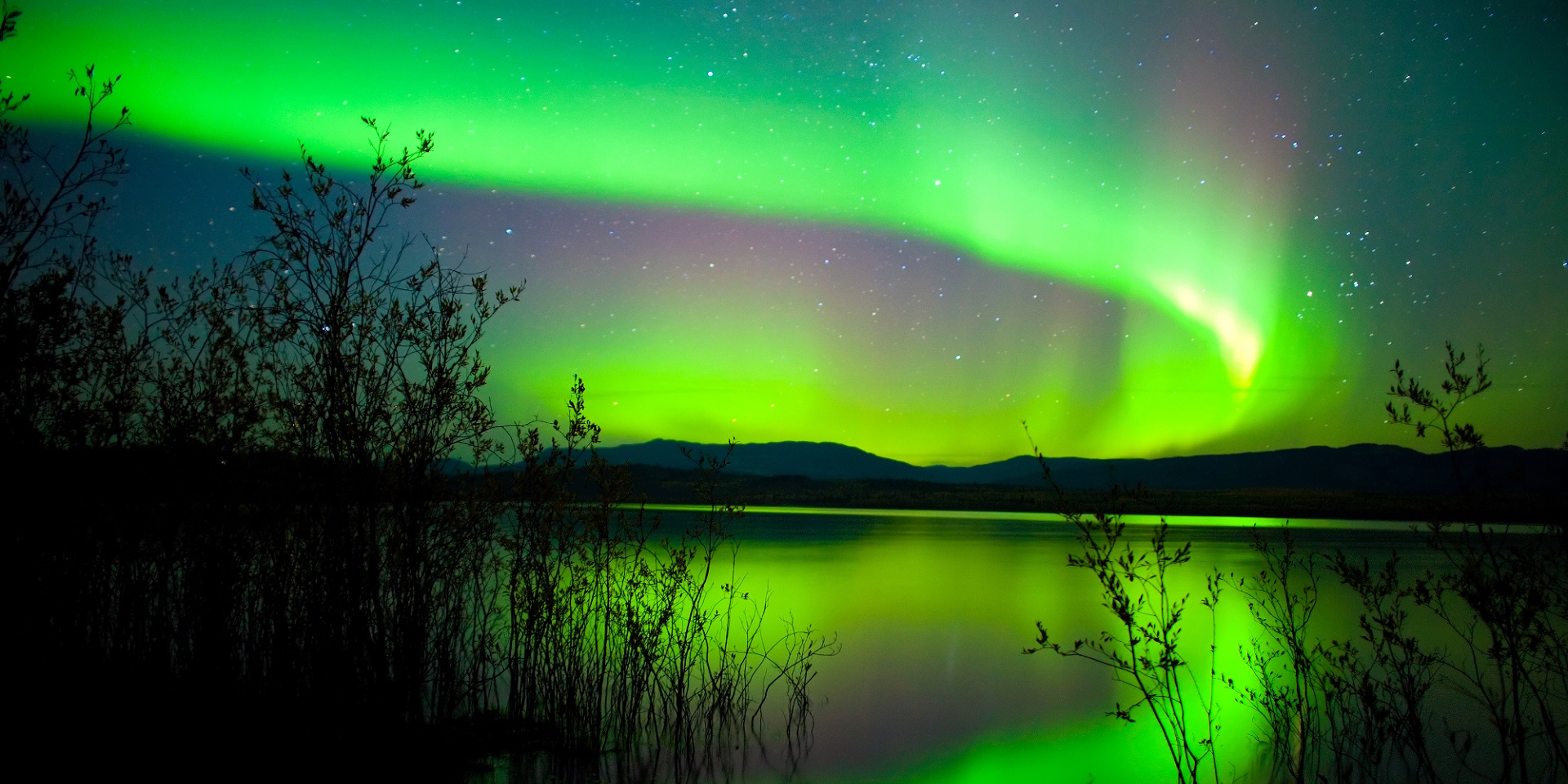The start of September brings an exciting period for sky watchers across the United Kingdom, as heightened solar activity increases the potential for aurora sightings tonight.
A fast-moving coronal mass ejection (CME) left the Sun late on Saturday night, 30th August, and is forecast to arrive at Earth either late on Monday, 1st September, or early on Tuesday, 2nd September.
This event is expected to enhance geomagnetic activity, creating conditions that could allow the aurora borealis, or northern lights, to be visible further south than usual, provided skies are sufficiently dark and clear.
What is a coronal mass ejection?
A coronal mass ejection is a release of plasma and magnetic field from the Sun’s corona, the outermost part of the Sun’s atmosphere. These ejections can travel at speeds of up to several million kilometres per hour and, when directed towards Earth, can interact with our planet’s magnetic field.
This interaction can trigger geomagnetic storms, which in turn can produce spectacular displays of the aurora. The intensity and reach of these displays depend on the strength and magnetic orientation of the CME, as well as local weather and light conditions on the ground.
READ MORE: What are the Northern Lights and what causes them?
Aurora viewing prospects: where and when to look
With the arrival of this CME, the Met Office expects that at the peak of geomagnetic activity, there is a chance aurora may be visible across much of the UK. Notably, these displays may be visible to the naked eye, without the need for photographic equipment, which is relatively rare for locations this far south in the UK. The best chance of seeing the aurora remains in the north of the UK.
If under clear skies visibility is still tricky, photography can help, with advice from the Royal Photographic Society on how to get the best shot of the auroras.
However, there are several factors that may affect visibility. The weather forecast from September 1 to 3 does indicated lots of cloud cover throughout the evening, with the Midlands most likely to have the least cloud and, therefore, potentially the best viewing conditions on September 1.
September 2 and 3 sees nighttime viewing conditions worsen, with northern Scotland and northern England likely to have the clearest skies, although still not ideal viewing conditions.
A waxing gibbous moon will also be present, which could impede clear views of the aurora, particularly in areas with additional light pollution. For those in more marginal locations, further south or in urban areas, light pollution will play a significant role in determining whether the aurora can be seen.
READ MORE: Space weather: How different types affect us
Outlook for the coming nights
Looking ahead, the potential for aurora sightings may continue on Tuesday night into Wednesday, 3rd September, but these are more likely to be confined to northern parts of the UK. By Wednesday night no significant solar activity is currently expected, and the likelihood of further aurora sightings diminishes accordingly.
It is important to note that solar weather forecasts can change rapidly, especially following the observation of a sudden CME. While the waxing gibbous moon and local light pollution may hinder visibility, clear and dark skies could reward observers with a rare and memorable display.
Krista Hammond, Met Office Space Weather Manager, said: “As we monitor the arrival of this coronal mass ejection, there is a real possibility of aurora sightings further south than usual on Monday night. While the best views are likely further north, anyone with clear, dark skies should keep an eye out. Forecasts can change rapidly, so we encourage the public to stay updated with the latest information.”
Keep up to date with weather warnings, and you can find the latest forecast on our website, on YouTube, by following us on X and Facebook, as well as on our mobile app which is available for iPhone from the App store and for Android from the Google Play store.



